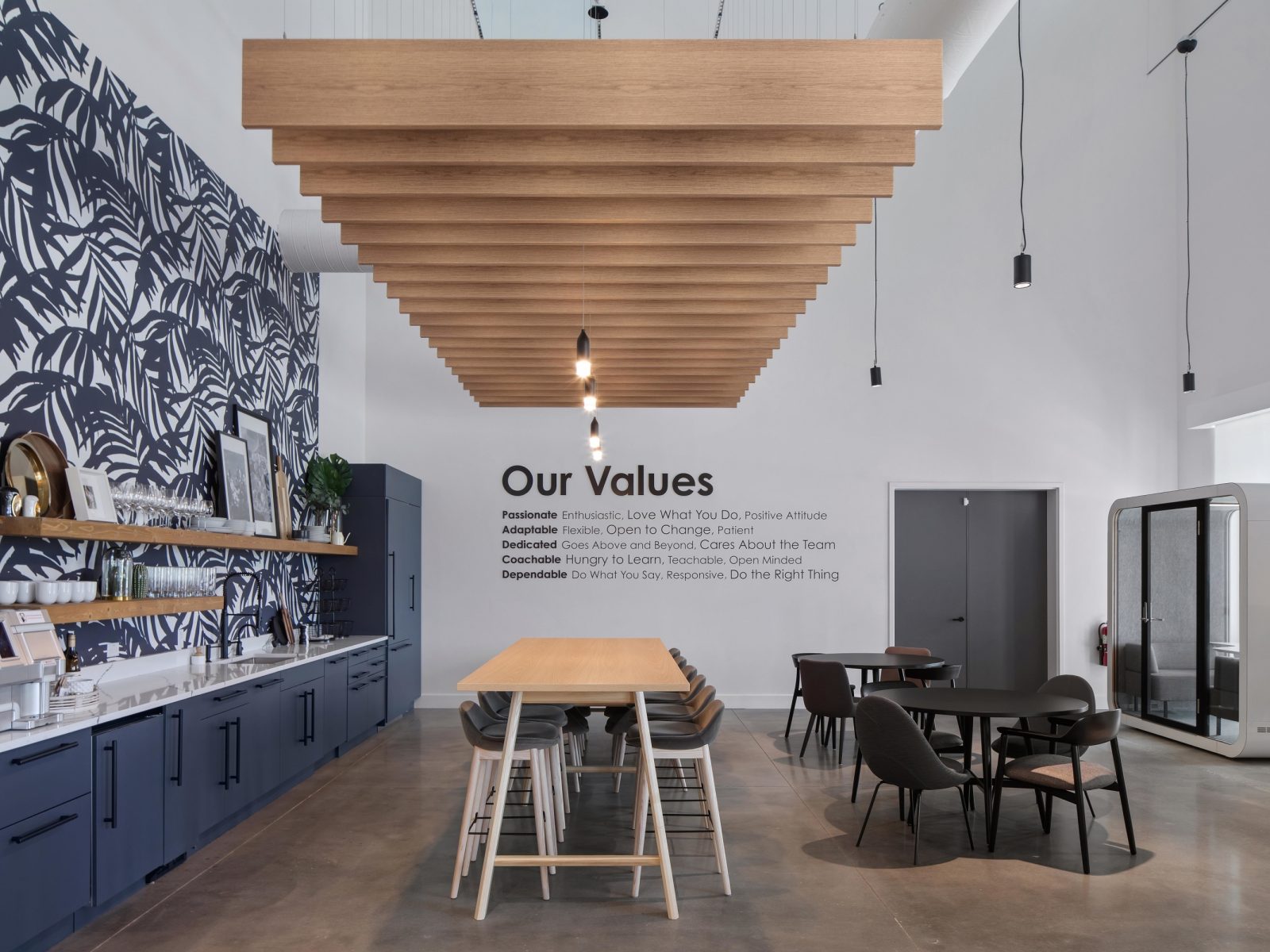Designing Spaces for Everyone- Neurodivergence
To create a truly human-centric space, you need to consider all people. Let’s talk about how to design a space with neurodiversity in mind.

What does it mean to be Neurodivergent?
Neurodivergent is a non-medical umbrella term that describes people with variation in their mental functions and can include conditions such as autism spectrum disorder (ASD) or other neurological or developmental conditions such as attention-deficit/hyperactivity disorder (ADHD).
Understanding neurodiversity in the workplace is to recognize the idea that the way people interact and experience the world are completely different. There is no “correct” way to learn, work, or think and these differences should not be seen as a weakness.
Being Sensitive to Sensory Issues:
A person’s perception of a space is influenced by how it interacts with their senses. For neurodiverse workers, this can quickly become overwhelming, depending on your design choices. For example, moving from a desk-based workspace to a more open environment may encourage collaboration, but it can also become noisy, crowded, and overly stimulating, hindering productivity. This is commonly known as sensory overload, a particularly difficult problem for people with ADHD and autism.
Color influences have similar meanings for many people. Businesses often use bright and vibrant branding to grab the attention of potential customers and clients but can distract employees. This doesn't mean that brands and identities should be banished, but they can be customized to better serve people who regularly work in a particular environment. The introduction of tones and smoother transitions makes it less distracting for branding, and if it's particularly noticeable, it can even be removed entirely in areas where it's only intended for focal points.
Sensitivity to light is another important factor when it comes to sensory overload. By specifying dimmable lights in meeting rooms and private spaces you can offer the option to make employees more comfortable.
How to support Neurodivergence in the workplace:
With the right work environment, neurodiverse employees are often very high performers. In most cases, they know exactly how they work, so it's important to ask for their input when designing your office space. This can be done by conducting workshops with employees or conducting surveys to gather feedback.
By creating a flexible work environment, employers can accommodate different needs and show people that they are confident in adapting the work environment to their needs. These decisions can be small, but extremely impactful. It is important to remember that workers are used to having the freedom to create the perfect environment from home- this freedom should not be lost while returning to the office.













